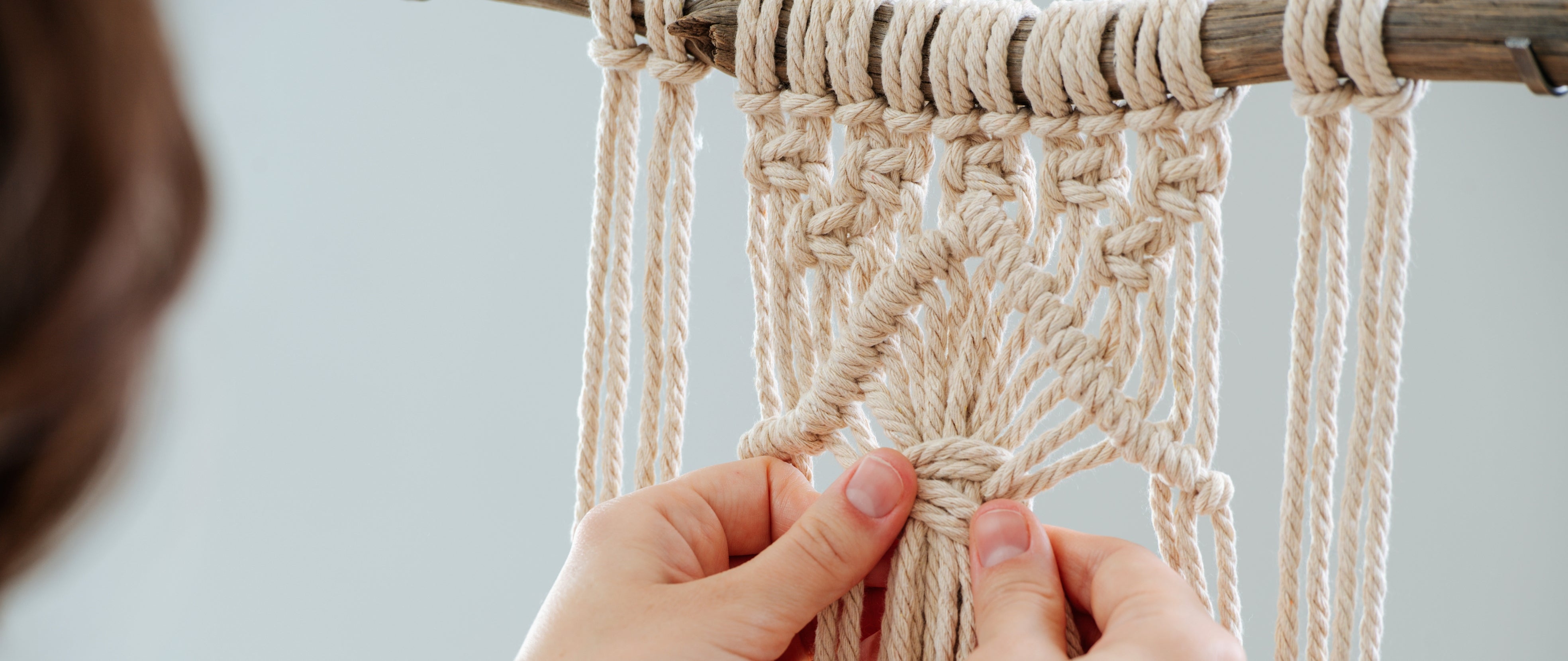
Print checklist
This checklist serves as a roadmap to elevate your crystal business. Once this checklist is complete, it marks a significant milestone indicating that your crystal business is fully equipped and ready to progress to the next level of success.
Click each dropdown for more details
Where & What will you sell?
Market research & Competitor analysis
Market research might sound complicated, but it's really just about understanding your market and finding your spot in it. Think of it as looking around to see what everyone else is doing and figuring out how you can do something different or better.For example, you could start by visiting local markets or crystal shops to see what's out there. Pay attention to a few things:
- How many people are checking out and buying from the vendors?
- What kinds of crystals are being sold, and what other items or services are being sold with them?
- What's the overall feel or theme of the stall or shop? What kind of decorations or images are they using?
This kind of snooping around helps you understand what's happening in your local area. Maybe you'll notice that the crystals are mainly being sold to collectors or people into health and wellness. Maybe you see a vendor turning crystals into something unique. This tells you there's room for new ideas in selling crystals.
- Sell something similar to your unique product.
- Sell the kind of crystals you want to sell.
- Have a vibe similar to what you're going for.
If you can't find a shop that checks all these boxes, then you've found a gap in the market that you can fill.
Goals, objectives, KPIs
Making goals is key to getting things done. If you don't have something to aim for, there's no point in working. It's important to have goals that you can actually reach. You should aim high, but also plan how to get there step by step.
Let's say you want to be successful in selling crystals. That's a great start! But you need smaller steps or milestones to help you get there. This is where you use KPIs, or "key performance indicators" (Don't worry, this is the only business abbreviation in this checklist).
Think of KPIs as clear signs you're on the right path. For example, you might want to double your orders every month for a year. This goal is good because you can easily check if you're meeting it.
You can set goals for any time period you like. You might have weekly goals like going to a certain number of markets, or yearly goals like making a certain amount of money. It's good to have both short-term and long-term goals.
Write your goals down in a journal and look at them often. If you meet a goal, celebrate! If you don't, think about what you can do better next time. This way, you keep getting better and closer to your big goal.
Three Uniques
A common mistake new business owners make is trying to do too much and be everything to everyone. This doesn't work. Instead of spreading yourself too thin, knowing your Three Uniques helps you focus on what you're best at.
2. New things all the time
3. Bring value to our community
Marketing
Branding (Logo & Color)
Building a strong brand helps you sell more by showing customers you're trustworthy. Mixing your personal story with your business can make you stand out, especially when you're starting your crystal business.
But, it's important to show you're serious about what you're selling. If all you post on social media is cat pictures, people might not understand what your business offers. Adding personality is good, but your main message should be about your products or services.
Knowing your market and what special thing you offer helps you decide how your business should feel to customers. It's okay to draw inspiration from other businesses for ideas, even if they're not in the same field as you.
For example, when creating our brand, The Rock Space, we took inspiration from skincare brands for our colors, photos, and website design. We wanted our crystals to feel like they're part of the wellness world, just like skincare products.
Your logo is the first step in showing who you are as a brand. It's often the first thing customers see, so it should match the vibe you want for your business. Once you have your logo, you can create other branding and marketing materials that follow the same style. This helps your brand look consistent and professional to customers.
You can use Canva to design your own logo, or Fiverr to have someone do it for you.
Your story
Online Presence
Business social media
Building an online presence doesn't mean you have to be famous or post every day. Just share a bit about what you're doing, where you are, and what you're selling. This way, people will start noticing your business just by you being yourself.
Soon, sharing online will feel easy, and it helps get more eyes on your business without much extra work. You're already doing things worth sharing, so why not let others see?
As you get more used to it, you might want to get better at social media. The online world changes a lot, and there are many tips out there to help you get more attention. While these do absolutely work, they take a ton of time that takes away from the rest of your business.
Business Cards
A business card is like a mini version of your brand. When you put time into making it look good, people notice how much you care about what you do. It's important because it's often the first thing people see related to your brand.
Always have your business cards ready to give out - not just at market, but anywhere. They make a strong first impression. If your card doesn't stand out, people might not even pay attention to what you're offering.
Growth strategy
To keep your business growing, it's important to check in regularly on what's working and what's not. For example, if trying out a new market or focusing on different customers has been really successful, that's great! But if posting on social media every day isn't bringing in any new interest, it might be time to try something different.
Focus on the things that are doing well and think about how you can do even more in those areas. At the same time, don't stop trying new things. Your next big success could be just around the corner, so keep experimenting and stay flexible. You have plenty of breakthroughs ahead of you!
Budget
One-time startup costs
Starting a business today is easier and affordable than ever, thanks to many helpful tools and resources. Here's what you need to start selling, whether at markets or online, and where to find these items.
For selling at markets, you'll need:
- Tables, tents, and a dolly, which you can buy from furniture or hardware stores, or online from Amazon.
- Advertising banners or posters, available at stores like Staples or The UPS Store, or from local print shops.
- Display stands, which you can find at dollar stores, Walmart, or Amazon.
- A Point-of-Sale system like Square to take payments.
- Products to sell, like those in our Crystal Shop Starter Kit, which includes market-researched popular items.
For selling online, you'll need:
- A place to sell, like Etsy, Facebook Marketplace, or your own website created with Squarespace, Wix, or Shopify.
- Products to sell, and our Crystal Shop Starter Kit is a good start.
Selling online might seem cheaper at first because it costs less to start, but you'll spend more money over time (Which we'll cover below).
These are the basic costs to get into selling crystals. It may seem daunting, but you can easily recoup what you spent in the first month or two. It's simple: If you don't have a way or place to sell, you won't make any sales.
Recurring costs
The size of your business affects the ongoing costs that reduce your profits. However, these costs are necessary not just to keep your business running, but continue growing. Spending more on recurring costs isn't always bad.
For example, if spending more on advertising generates more sales, then it's a net positive for your business. Here are some common recurring costs:
For market sellers:
- Vendor fees, which marketplaces charge for allowing you to sell in their space.
- Packaging and outbound marketing materials, such as business cards.
- Gas and travel costs.
For online sellers:
- A portion of sales taken by a marketplace (e.g., Etsy's transaction fees).
- Monthly fees for website maintenance if you have your own online storefront.
- Costs for boosting posts or advertisements on social media.
- Expenses for packaging and outbound marketing materials, akin to those for market sellers.
- Shipping costs for delivering products to customers.
It's important to check your costs every month. See what's helping you sell more and think about spending more on those things to boost sales even further.
Look for available grants & opportunities
Networking is key to finding out about these grants and opportunities. Join local business groups or online communities in entrepeneurship. Some grants also offer training or advice, which can help you learn new ways to make your business better. If you get a grant, plan how to spend it wisely to improve your business, like on marketing, new products, or saving costs.
Keep searching for new grants and don't give up if you don't get one right away. Stay updated by subscribing to newsletters or attending events in your community. Applying for grants can take time and effort, but it's worth it because it can help you grow your business without adding to your debt.





